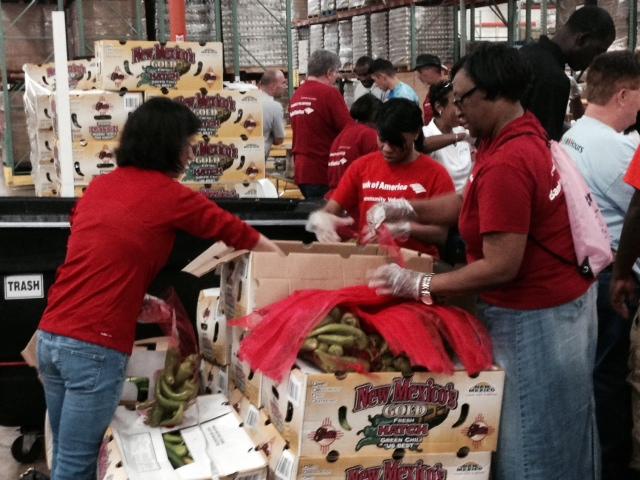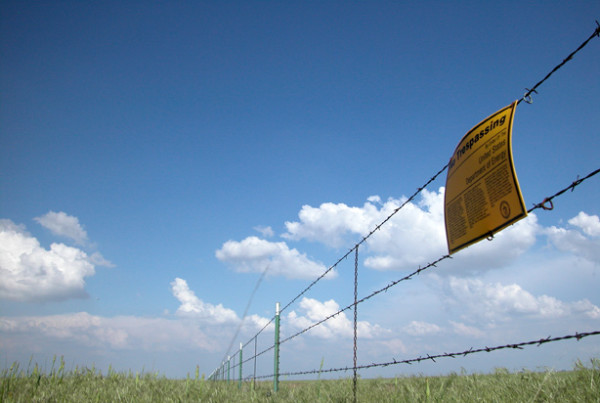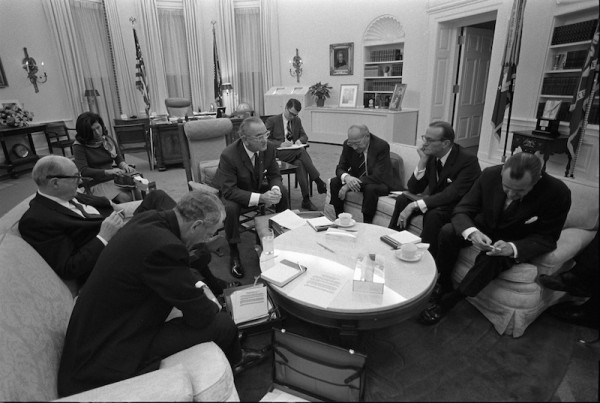This story originally appeared on KERA News.
After announcing a 10-year plan to jump from 62 million meals a year to 92 million, staffers at the North Texas Food Bank admit, it will be a challenging decade.
Forget 10 years down the road, serving as much as they do now isn’t exactly a cinch.
Simon Powell is the food bank’s Chief Operating Officer. He says you never really know what food is coming in, or when.
“So imagine running a business and you don’t know when your suppliers are going to deliver or what they’re going to deliver,” Powell says.
It’s hard to plan when you’re not sure what’s coming into the warehouse; pallets of frozen chicken, button mushrooms or caramel-flavored rice cakes.
Volunteers are responsible for taking those large, bulk donations and breaking them down into manageable portions. Tuesday, it was several dozen Bank of America employees bagging up Hatch chiles.
The volunteers are working on three pallets. That’s just a fraction of what the warehouse in southwest Dallas will deal with today.
“So at any given day we’re processing about 150 to 200 pallets worth of food,” says Powell. “And every given week we’re doing up close to about a million pounds.”
One Million Pounds Of Food A Week
That means a pretty quick pace. Especially when someone with food calls and says come get it now, or you lose it.
“Occasionally a donor will call us and they need to clear their dock within an hour or so of calling us, so we have to be very prepared to use one of our trucks or go out there and pick up food on short notice,” Powell says.
Donations come from grocery stores, churches, big corporations. Staffers are constantly juggling; stocking the freezers and refrigerators so balanced meals go out every day, not just on the days meat, dairy and produce come in. The bottom line? Across 13 counties, the food bank gives out 175,000 meals a day.
Leaning On Volunteers
Sometimes, 400 to 500 volunteers show up on a single afternoon. When that happens, the food bank’s a well-oiled machine, sorting food and stuffing backpacks with take-home meals for kids to eat over the weekend.
“We can easily in a record-breaking day do thousands of backpacks,” says Powell.
When fewer volunteers show up, food bank staffers have to pick up the slack. It’s all about flexibility, and patience. The reward, Powell says, is gratitude.
“Truly just to see the spark in their eyes when they receive the food, it’s something that’s indescribable,” he says.
A Challenging Decade
Which is why the food bank is up for the challenge; 50 percent more meals by 2025. That means many more donations, more refrigerated warehouse space and more community partners. The volunteer roster will have to double.
But when you’re already making 62 million meals a year, what’s another 30 million?
















